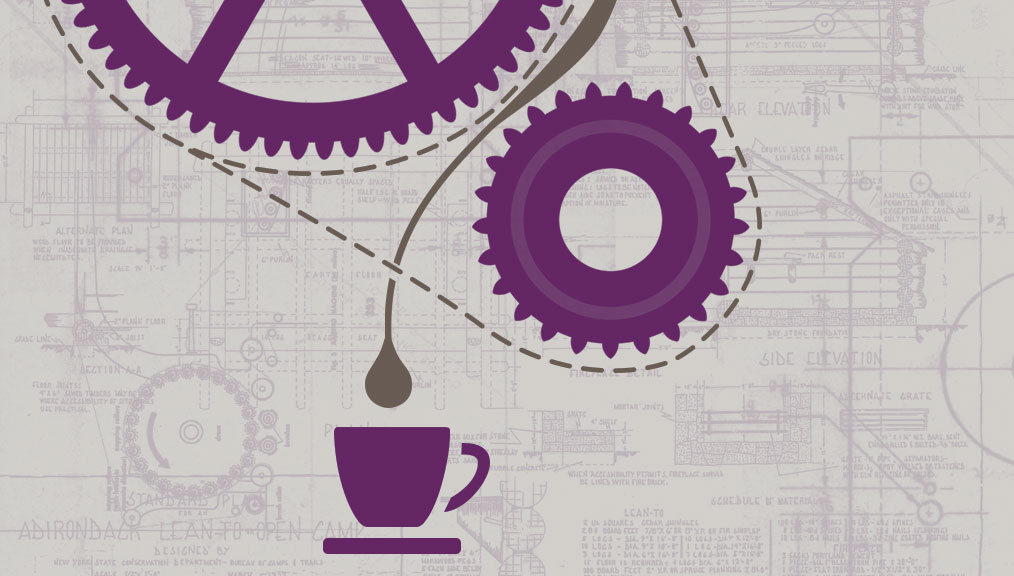[W]e’re too busy to do things well,” the café manager told me. “We don’t have time to pay attention to our shots, or steam milk thoughtfully, or whatever else you’re telling us to do. We can barely keep up without doing those things. How could we hope to keep up if we’re adding time to our process?”
When she asked me that question, I was caught off guard. Because it’s the right thing to do, of course. Because you care about the experience your customers have. Because you want to be proud of the products you’re creating and selling for money. Because you want people to come back. Because . . . well, because.
The truth was, she did want all of those things. But her customers didn’t want to wait ten minutes for all of her dreams to come true. They wanted their beverages, posthaste. She was getting a loud and clear message that speed trumped quality. So they quit trying to produce quality and tried to make things more quickly.
Her story is not uncommon, and the desires of her customers are not new. In them we have a problem, and the solution—wait for it!—is training. We need to train our baristas in the art of efficient bar flow and order management. It’s not as simple as throwing people at the problem with the expectation that it will get solved. We have to train people, put them in the right places at the right times, and (perhaps most importantly) get people used to the idea that the most efficient way to make excellent drinks quickly is not always making them in the same order as customers requested them.
I recently spent time helping a busy new café get on its feet, which found me behind the bar early in the morning steaming milk and pouring lattes. There was a clear line of communication between me and the barista pulling espresso shots. He communicated what drinks were next in line to be made, and while I prepared pitcher after pitcher of milk, I trusted that he was pulling top-notch espresso shots to suit the requirements of every beverage. Even more, I trusted him to manage the flow of beverages to ensure that we were making drinks efficiently, and customers were receiving their drinks quickly, even if we weren’t making them in the same order they were ordered. As the lines snaked ever longer away from the bar, our efficiency only improved, until—like the smooth running of a machine—we were pumping out drinks at an extraordinary pace.
Then he was called away to an important errand, and a much newer barista jumped into his position on the machine. Physically, the new barista was doing exactly the same thing as their predecessor, but functionally, it was completely different. Espresso shots were being pulled without a planned destination, which slowed me down as I tried to place shots with their associated drinks. I was still combining pitchers of milk to match a more efficient order of beverage production, but shots were being pulled in the order that drinks were ordered. It’s a subtle difference, but one that has a huge impact on speed of service. The new barista assumed efficiency meant pulling shots as fast as humanly possible, when in fact it often means slowing the heck down.
We were like two mismatched gears grinding away and making little progress. All the ingredients for beautiful drinks were in front of us, but none of them went together correctly. Even competent, skilled baristas need specific training on the vagaries of double-teaming an espresso bar. It’s not just working fast. It’s working wisely.
By putting the right people in the right jobs, and focusing them on specific tasks, things will get accomplished in a more efficient and effective way. There are going to be moments where the gears grind together and the whole thing feels like work. But with training and experience those moments will pass, and will be replaced by more and more rushes that run like clockwork.
Making drinks out of order, though? Won’t my customers be furious if they see the person behind them in line get their drink first? I would be. I was first! Where’s my drink? That seems like the opposite of what I’d want my team to do.
In reality, it’s exactly what you want your team to do, if it speeds things up. If I can batch steam a pitcher of milk, or pull shots for two drinks at once, and those things produce two or three drinks in the time it would take me to make one, shouldn’t I do it? Even if I end up giving a few customers their drinks out of order, it creates an efficiency that gets everyone’s orders completed faster.
Will a customer be frustrated that the person behind them got their drink first? Maybe, for the five seconds until their name is called, and then they’ll have forgotten all about it. Thanks to our training and proper deployment, their drink came out more quickly, and it tasted better.
We were efficient and effective. We didn’t sacrifice quality or speed, and our customers are happier. Happier customers tip better, your staff is happier, and rushes feel exciting instead of stressful. We work on bar flow and efficiency because we care about our customers, we care about our product quality, and we care about return business. It’s easier said than done, to be sure, but it can be done.
—Nathanael May is Portland Roasting Coffee’s director of coffee.








